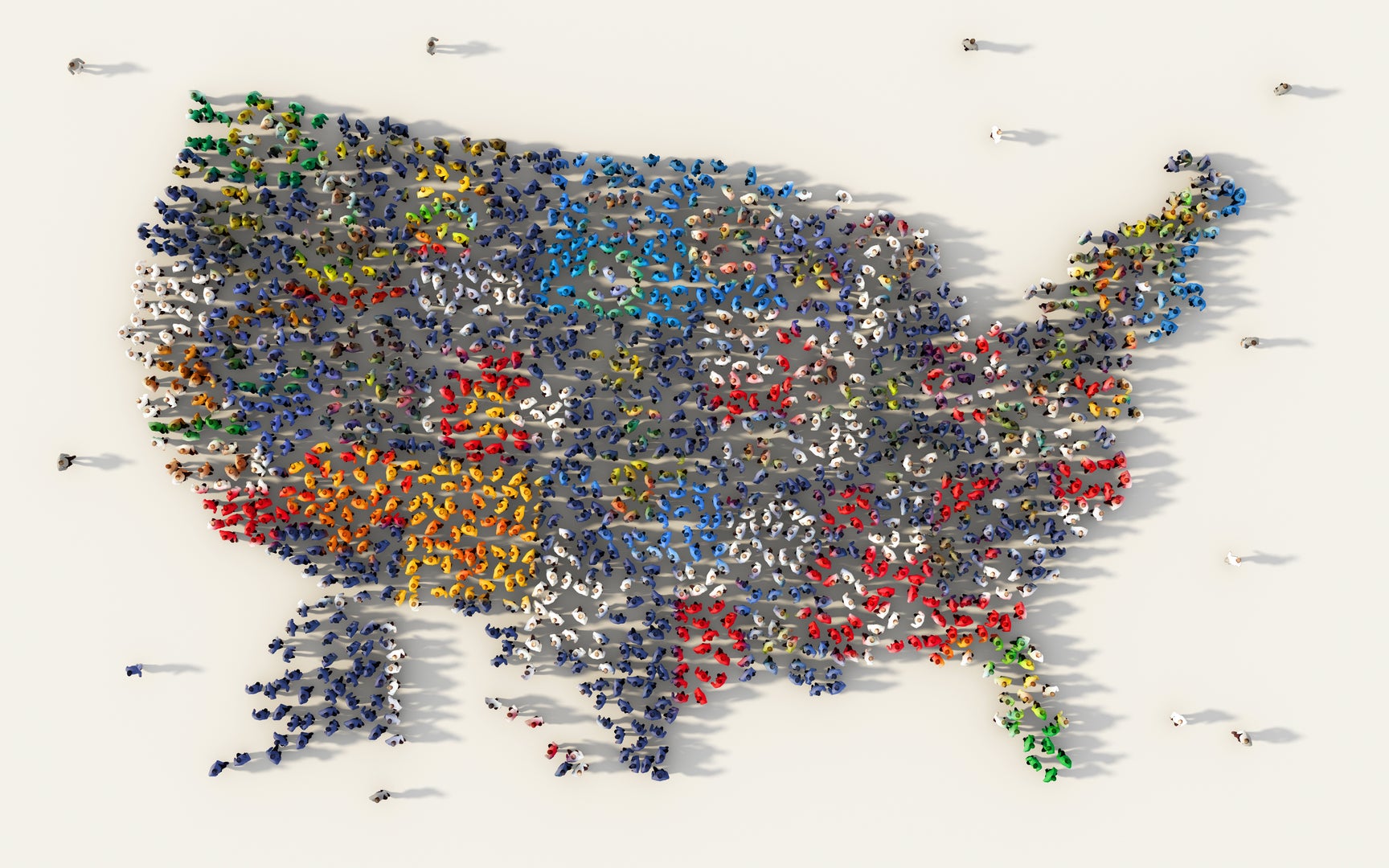The patchwork of state and local laws addressing a range of employment practices — minimum wage, paid sick leave, marijuana, captive audience meetings, other psychedelic drugs and rights for rideshare drivers or others in the gig economy — continues to proliferate in 2025. So do the implications for HR policies and the burdens on HR professionals. The push-pull of DEI initiatives, with some states advancing them while others aim to curb DEI through legislation, further adds to the responsibilities of managing multistate rules, statutes and obligations. What do employers need to know now to adapt to these inevitably evolving workplace expectations?
New Legislation
A significant volume of voter mandates and state-enacted legislation impacting day-to-day operational issues for employers operating in these states becomes effective in the new year. The interactive map below provides a selection of these workplace rules, responsibilities and requirements — from minimum wage increases and paid sick leave to medical marijuana and more — from a long list of enacted legislation with effective dates of January 1 – December 31, 2025.
New Tools for State + Local Laws
Keeping compliant with the ever-increasing volume of state-sponsored workplace obligations spanning the employment lifecycle remains a challenge. Jackson Lewis has two proprietary applications — CheckIt VIA JL™ and LeaveSuite VIA JL™ — that can help employers research, report on and remain compliant with multijurisdictional employment obligations and accommodation and leave requirements affecting your organization.

Hosts: Richard I. Greenberg, Principal and Multi-State Employer Policy & Compliance Co-Leader, and Samia M. Kirmani, Principal and Corporate Diversity Counseling Co-Leader
“It's harder and harder to be a day-to-day HR professional or managing legal in an organization due to the myriad of differences between state and local laws. That requires an analysis of whether we want to go to lowest common denominators, which involves consideration of stakeholders and costs, or whether we have the ability to operate different policies and systems in different states, which then interacts with IT and systems. It requires an overall analysis of where the organization wants to be. And now we have another issue that we always need to think about, which is humanity. Individuals have more expectations for treatment in the workplace.”
